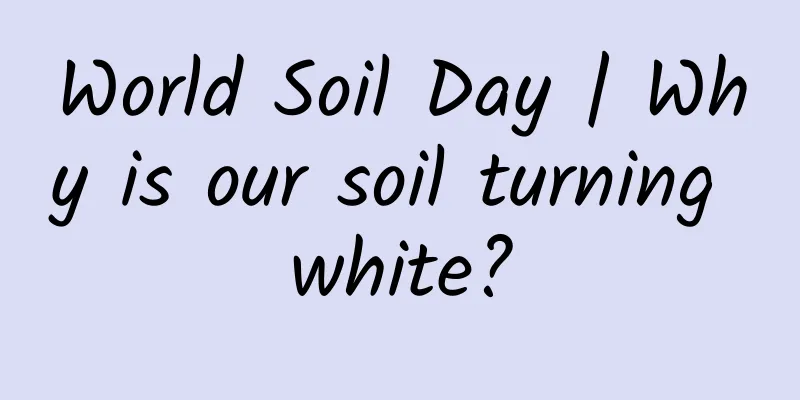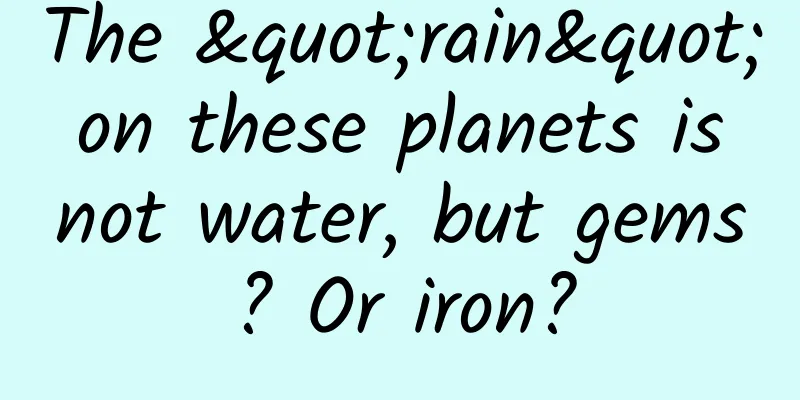How was the underground world built?

|
On the one hand, modern architecture develops towards super-high-rise buildings, creating many magnificent landscapes where dangerous buildings are hundreds of feet high and the stars can be picked with one's hands; on the other hand, it extends underground, forming a miracle of tunnels crisscrossing millions of miles. Faced with the increasing scarcity of surface resources and living space, the development and utilization of underground space and the construction of a large number of subways, underground expressways, underground parking garages, and underground pedestrian systems can effectively expand the supply of transportation space and improve transportation efficiency. At the same time, mineral resources such as oil and coal are generally buried deep underground, and the application of underground engineering is also conducive to resource exploitation and scientific research. Nowadays, the underground world that you don't know is as rich and colorful as the surface. Follow the editor's footsteps and take you to explore underground engineering. The picture is selected from "Design丨Modernization! Urban Underground Space Development and Utilization Strategy" - Public Account Tumu Bar (1) Underground transportation engineering Transportation is the basic support system for urban operation. With the increase of urban population density, the construction of a large number of subways, underground expressways, and underground pedestrian systems can effectively expand the supply of transportation space and improve transportation efficiency. The most common of these is the subway, and the construction of subway stations mainly adopts the open-cut method, the paving method, and the mining method. Open Cut Method Blanket method Mining Law Picture excerpted from "How the subway was built" - Zhulong Geotechnical Engineering (2) Underground industrial engineering Underground industrial projects mainly include large hydropower stations, pumped storage power stations, nuclear power stations, etc. Take the underground powerhouse of Baihetan Hydropower Station as an example. The powerhouse of Baihetan Hydropower Station is located 300 meters underground. The total length of the underground powerhouse on the left bank is 458 meters, and the total length of the underground powerhouse on the right bank is 453 meters. It is currently the largest underground powerhouse in the world. During the construction process, the site innovatively adopted the method of "first hole and then wall, shallow block, and thin layer excavation". Baihetan Underground Power Plant Image excerpted from "The world's largest hydropower project under construction - all left bank units of Baihetan Hydropower Station have been put into operation" - Yangtze River Cloud (3) Underground public construction projects With the development of society, many cities have also built commercial areas underground, which greatly reduced the pressure on the use of surface space. For example, the world's largest underground city, Montreal Underground City, has an underground construction area of 500,000 square meters. The underground city consists of more than 32 kilometers of tunnels covering an area of 12 square kilometers, connecting 10 subway stations, 2,000 stores, 200 restaurants, 40 banks, 34 cinemas, 2 universities, 2 railway stations and a long-distance bus station. Montreal Underground City picture from KuaiDang Encyclopedia Helsinki is the capital of Finland and also the largest city in Finland. The population density in some parts of the city reaches 16,500 people/km2. At the same time, one-third of Helsinki's surface is covered with clay with an average thickness of 3m. Since 1960, Helsinki has been committed to the development and utilization of underground space. At present, its underground space has reached 10 million cubic meters, with more than 400 underground buildings including shopping malls and gymnasiums. When the city evolves from horizontal to vertical, the planning of underground space not only connects the history of the city, but also leads to the future of the city. Helsinki's underground space The picture is selected from Ctrip Travel Community (4) Underground storage project Underground storage projects are mainly used to store energy, including underground gas storage, salt cavern oil storage, compressed air/hydrogen energy storage, underground CO2 storage and waste storage, etc. Underground storage has the advantages of low construction cost, low operating cost and good environmental effect. Underground oil storage The picture is selected from "How powerful do you have to be to become the pioneer in building a smart oil depot?" - Hangfei Optoelectronics Principles of underground oil storage The picture is selected from "Underground Oil Storage - Helping my country's Oil Reserves Catch Up" - Institute of Geology and Geophysics, Chinese Academy of Sciences The picture is from the Internet. If there is any infringement, please contact us to delete it. Contributor: Zhao Lingyun |
<<: "Nutrition Knowledge" Series | How do nutrition experts eat whole grains? We asked three experts
>>: How harmful is it to wear headphones for a long time? Teach you how to use headphones correctly
Recommend
Ready to go! Artificial intelligence participates in the "new track" of space exploration
The emergence of ChatGPT has triggered a new roun...
The efficacy and function of dog bubble grass
Many people know that dog bubble grass has unique...
Too dangerous! My eyes were almost ruined! Just because I didn’t do this for two months…
At the beginning of this year, the media reported...
The efficacy and function of duck gizzard
As a traditional Chinese medicine, do you know th...
Appendix, wisdom teeth, coccyx...Why do humans always have some strange evolutionary remnants?
© Getty Images Leviathan Press: It's said tha...
Revealed: Ancient China's metal smelting technology and mineral mining "black technology"
In the history of human civilization, metal smelt...
InfoWorld: Pinterest's development momentum exceeds Facebook: integrating social networking and e-commerce
Now, every time users share photo collections, Pi...
What are the effects and functions of Atractylodes macrocephala and Poria cocos
Everyone may be familiar with the two Chinese her...
She did not have a PhD, but she was once the person that structural biologists most wanted to "collaborate" with.
In order to simplify and visualize the complex th...
The World Archaeology Forum awarded him the "Lifetime Achievement Award". He is the first Chinese archaeologist to receive this award!
Recently, another major event happened in the wor...
4 signs of sudden death, catching them early may save lives
Audit expert: Wang Xin Deputy Chief Physician, De...
The efficacy and function of Impatiens cyrtonema
Impatiens celery is rich in nutritional value and...
The efficacy and function of wine
Traditional Chinese medicine is very effective in...
The efficacy and function of horse stubble cream
Horse wither paste is a kind of Chinese herbal me...









